Thinking of planning a visit to Pompeii and want to get the most out of it? We’ve got you!
We recently went ourselves (March 2023), and these are the things we think you need to know to help you plan your trip.
Why visit Pompeii?
The ancient city of Pompeii was one of the cities affected by the eruption of Vesuvius in 79AD. The blast resulted in ash and pumice stone raining down on the residents over a number of hours. The city was covered in meters of this mixture, and this ultimately (and ironically) is how it has been preserved over all these years.
Archaeologists have dug out a percentage of this hidden city and continue to dig to find new discoveries even today. I was surprised how ‘in tact’ much of the city seemed. Although many of the second stories had collapsed, the first stories remained, and you could walk within houses, restaurants, and thermal baths.
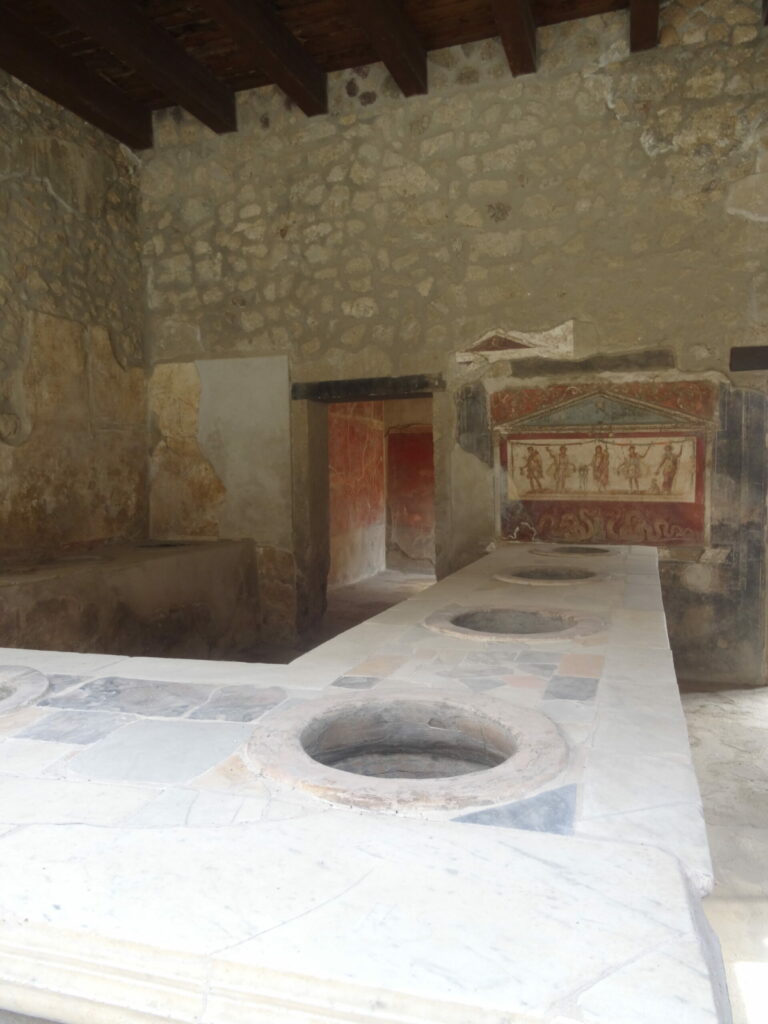
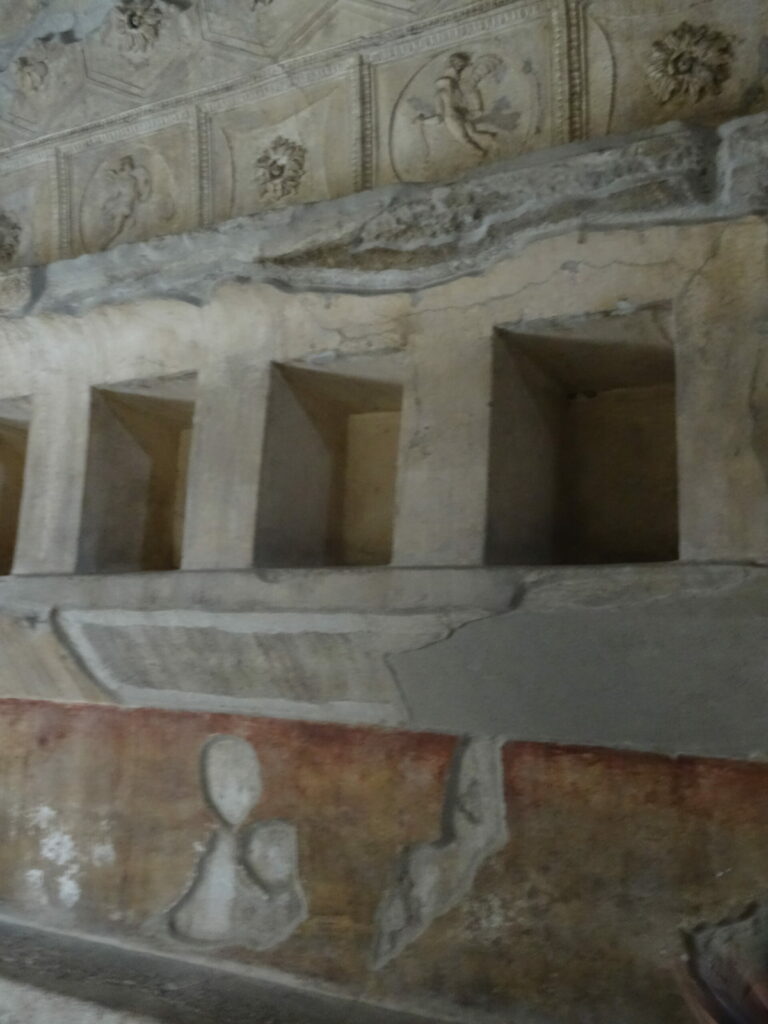
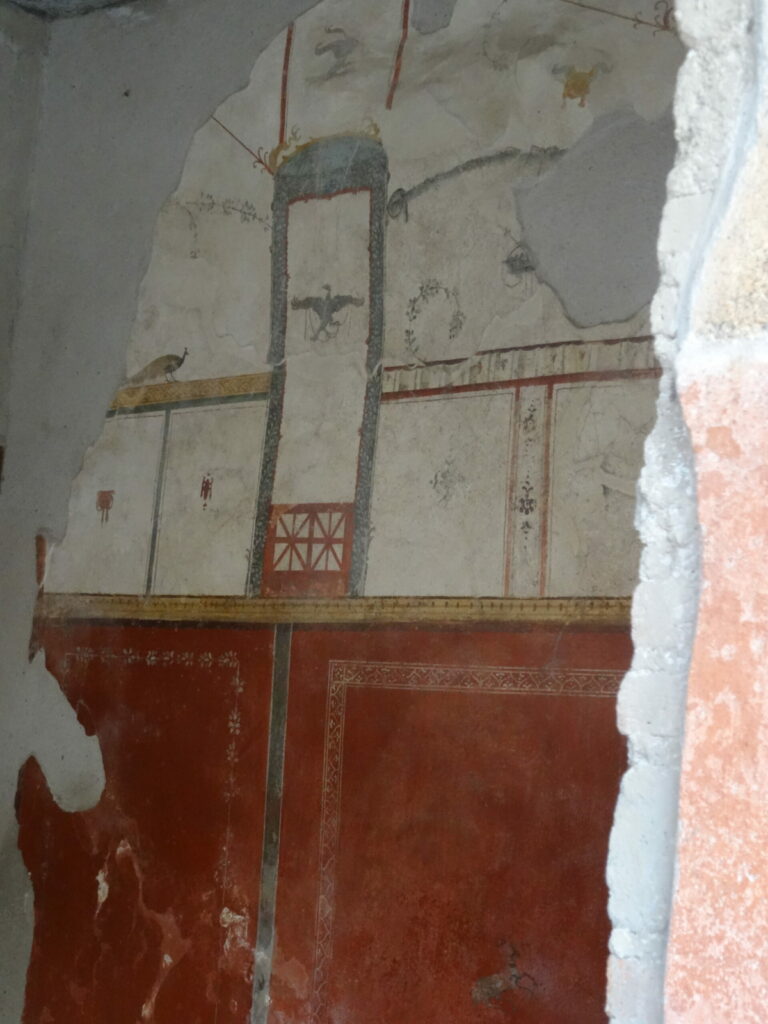
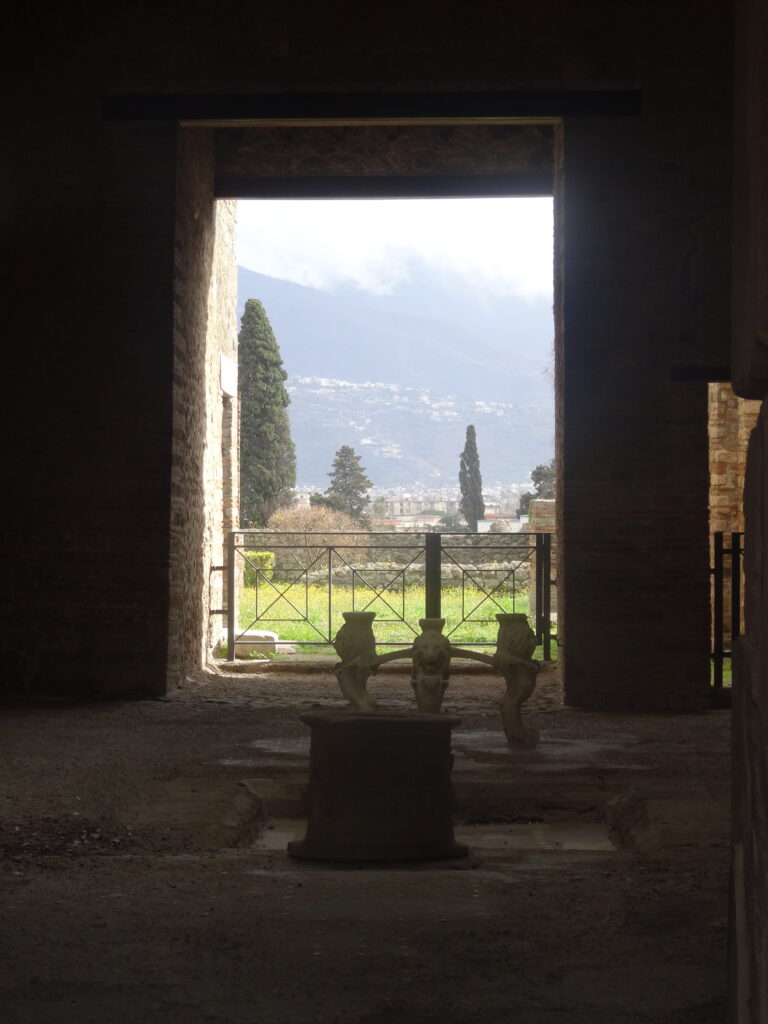
The paint was still visible on the walls of homes, and it is even possible to see plaster casts of those who unfortunately lost their lives there. These plaster casts were made due to body-shaped holes being discovered within the rock whereby bodies had decomposed over time. These gaps were then filled with fresh plaster, leaving remarkably detailed castes of the bodies, and the position in which they died.
Where is Pompeii?
The ancient city is located on the West coast of Italy between Naples, and Sorrento. We stayed in Naples which was teeming with the life and character of the people.
You might imagine that Naples, where the locals live in the knowledge that Vesuvius could strike again, felt quite a dreary place, but Naples is anything but. Somehow, their determination and lust for life felt palpable. I felt as though I was back in Asia with mopeds blasting through tiny streets lined with markets (and even saw an occasional smart car manage this). Or back in South America with the boisterous charm of the locals that we so loved there.
This seems fitting as there are definite signs of life in Pompeii among the disaster and destruction. You spot an orange tree bursting through the ground, or weeds crawling out from old pots, and see paintings all over the walls of the homes allowing you to imagine the lives of the people who lived there. Basically in this region of Italy, life very much finds a way (yes, we are Jurrasic Park fans too).
Naples -> Pompeii
TIP : Save yourself some money and avoid the signs all over Naples offering return trips to Pompeii for €25. Instead, follow the steps below and pay only €6 return
You can reach Pompeii within 35 minutes from Napoli Centrale (Naples Central Train Station). Look for signs for the Circumvesuviana train going to Sorrento, and stopping at Pompeii Scavi. It costs just €6 euros return per person.
It wasn’t hugely obvious where the stop was due to the lack of announcements, however, there are pictures of the route (including stops) above the doors. We found keeping an eye on the time helped us know when we’d be at the right stop (it was exactly 35 mins after leaving). You can find the timetable here.
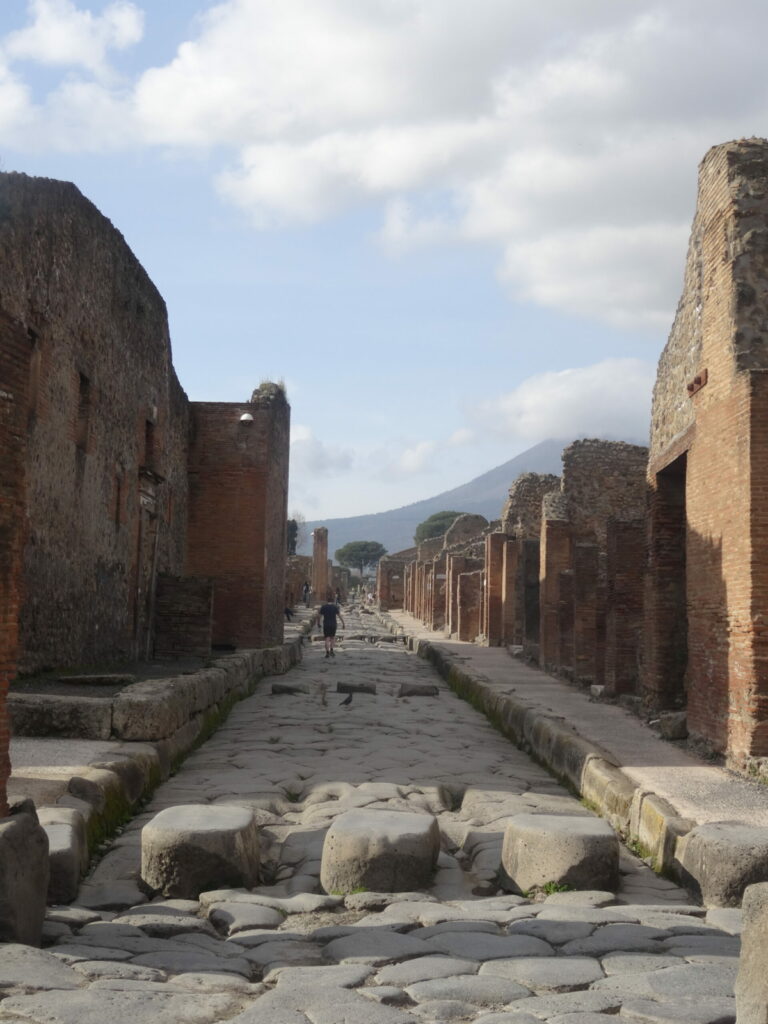
Sorrento -> Pompeii
Going to be based in Sorrento instead? You can also get there by doing the reverse journey which takes 35 minutes too. You can find the timetable here.
Best time to visit
Pompeii gets so many visitors, especially in the summer months. There is also very little shade there, so in order to get the most out of your visit we highly recommend visiting in the shoulder season (between November and March).
We visited in March and could enjoy (much!) cheaper flights, fewer crowds, and nice but not too hot weather. Pompeii is huge, with some parts taking you 40 minutes to walk between so the thought of doing that in the heat of the summer does not appeal to me!
When we visited, there were still some queues for smaller buildings, such as the infamous Lupanar (brothel!) but these were over within minutes. In summer, I can imagine the queues having the potential to really eat into your day.
Tickets to visit Pompeii
Tickets for entry cost €18 which gives you access to the city of ruins for a whole day. If you leave, say to buy food, you must buy another ticket. There is a cafe close to the forum, but as we mentioned, the site is HUGE. We took a packed lunch, and this meant we could have it wherever and whenever we fancied (and chose the old theatre no less!).
They do offer free tickets on the first Sunday of each month if you’re on a budget, see details here. I imagine it gets crowded fast, so get there early!
You can buy tickets on this website, BUT before you do we recommend reading on to decide if you want a guide because most guided tours include a ticket (so don’t pay twice!). You can also buy your ticket on-site.
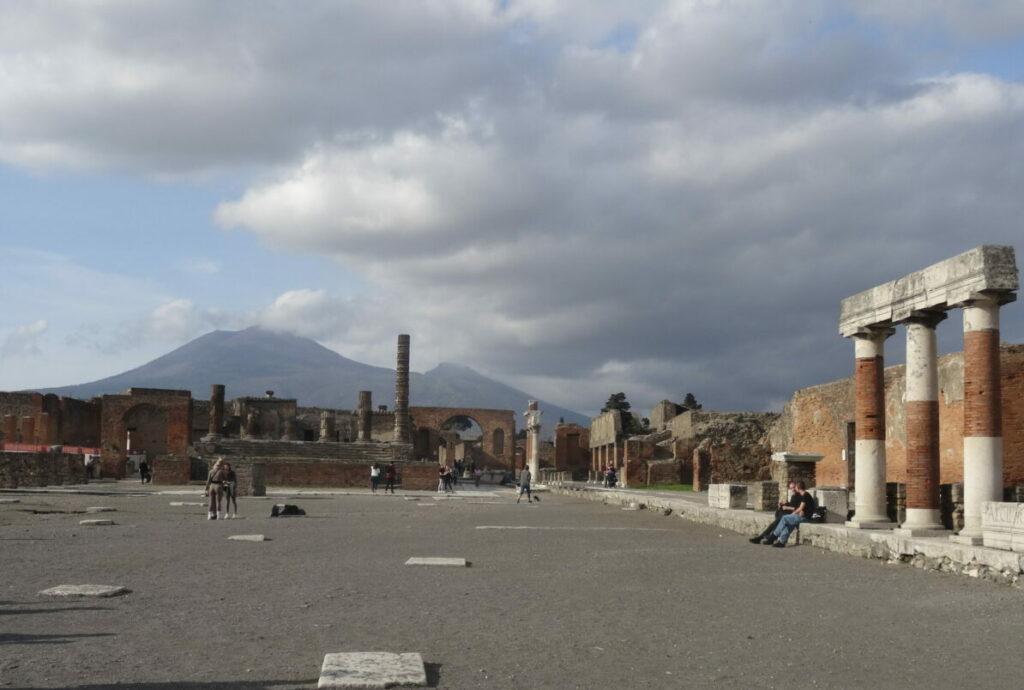
Is a guide needed?
There is not much information available once you get to Pompeii so a guide is definitely worth it if you want to know what you are looking at.
There is, however, a lot of information within this pdf guide online. I am a full-on geek so I read this AND got a guide.
The tour we took was 2 hours with an archaeologist and he could give us context and signatures to look out for so we could read the rest of the city alone. He brought the city alive to us and told us what certain buildings would be used for, and by who. If you’re interested in how to people of Pompeii both lived and met their tragic end, I definitely recommend a guide. Having dug on the site himself, he was the perfect guide.
Our tour cost us €52 which included our ticket to Pompeii (€18), so technically the guided tour comes out at just €34. This tour lived up to the reviews and we’d recommend it too. You can book the same tour we did here
Tip :- if you do read the PDF or have specific places you want to see whilst, in Pompeii, make sure you ask your guide where they are located whilst you have them. We found the key on the pdf doesn’t match the key on the maps you get given on-site, so it became quite confusing, to say the least!
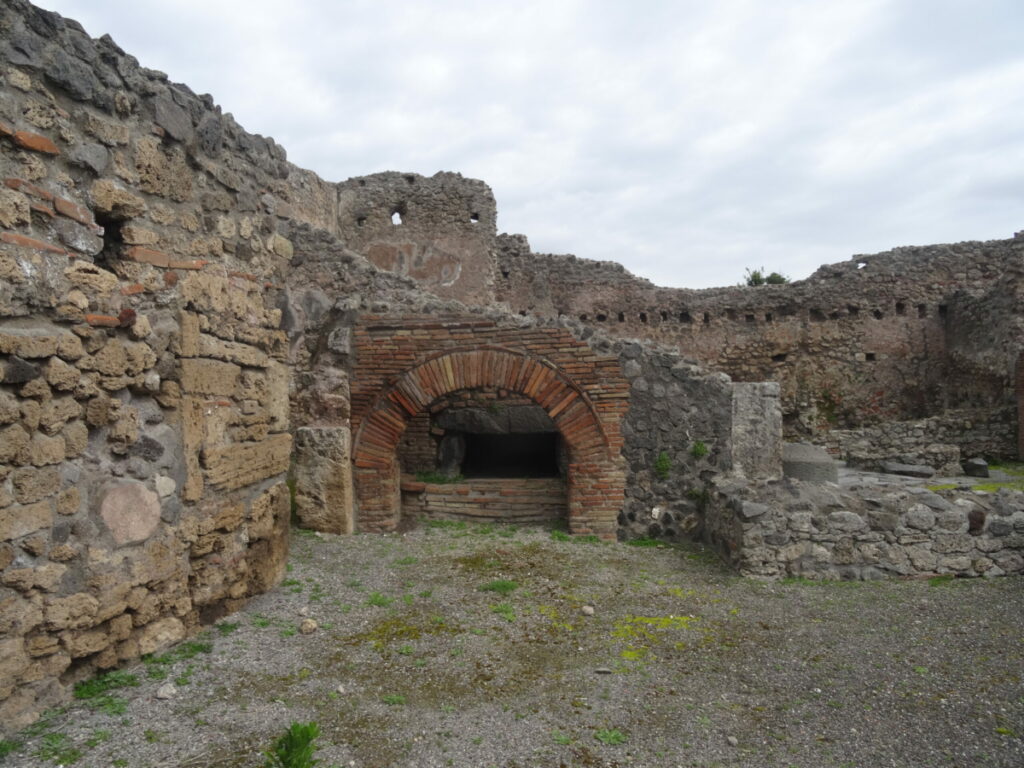
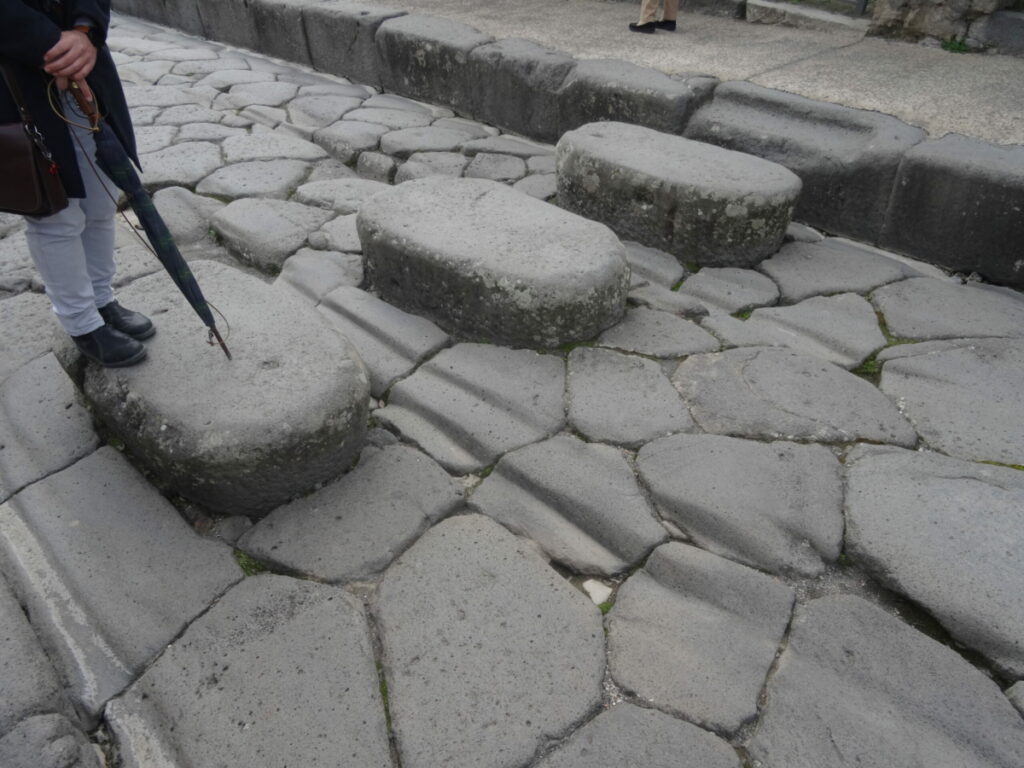
How long to spend at Pompeii?
We spent a whole day there. Our tour began at 11, and then we stayed almost until closing at 5pm. Like we said it is huge!
To get the most out of your visit, look up what you’re interested in beforehand within the 150-page guidebook. You can sift through the stuff that doesn’t appeal to you and focus on what does (be it architecture, history, people, brothels…).
We are also working on a guide with some suggestions for those of you who would rather skip the reading and be guided by a solid itinerary of some of the key spots and the quieter times of day to visit them (coming soon!).
It’s also worth grouping sites together by location and making sure before you wander into another area that you’ve seen everything you want in that region. Some regions are 40 mins walk away from each other so definitely plan to make the most of your time!
Different houses and sites in Pompeii are closed on certain days for preservation purposes. If there is a place you simply can’t leave without seeing, look up this information here, to help you choose the best day to visit (there is generally a different house open on each day of the week).
TIP :- take a water bottle with you as there are fountains you can use that have been renovated so you can drink as the locals did (kind of!)
If you’re mid-planning and want to know something we haven’t covered – just ask away in the comments and we’ll do our best to help you.
If our tips have helped you enjoy a trip to Pompeii – let us know how your trip went in the comments.
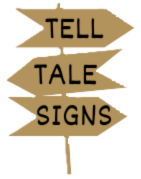
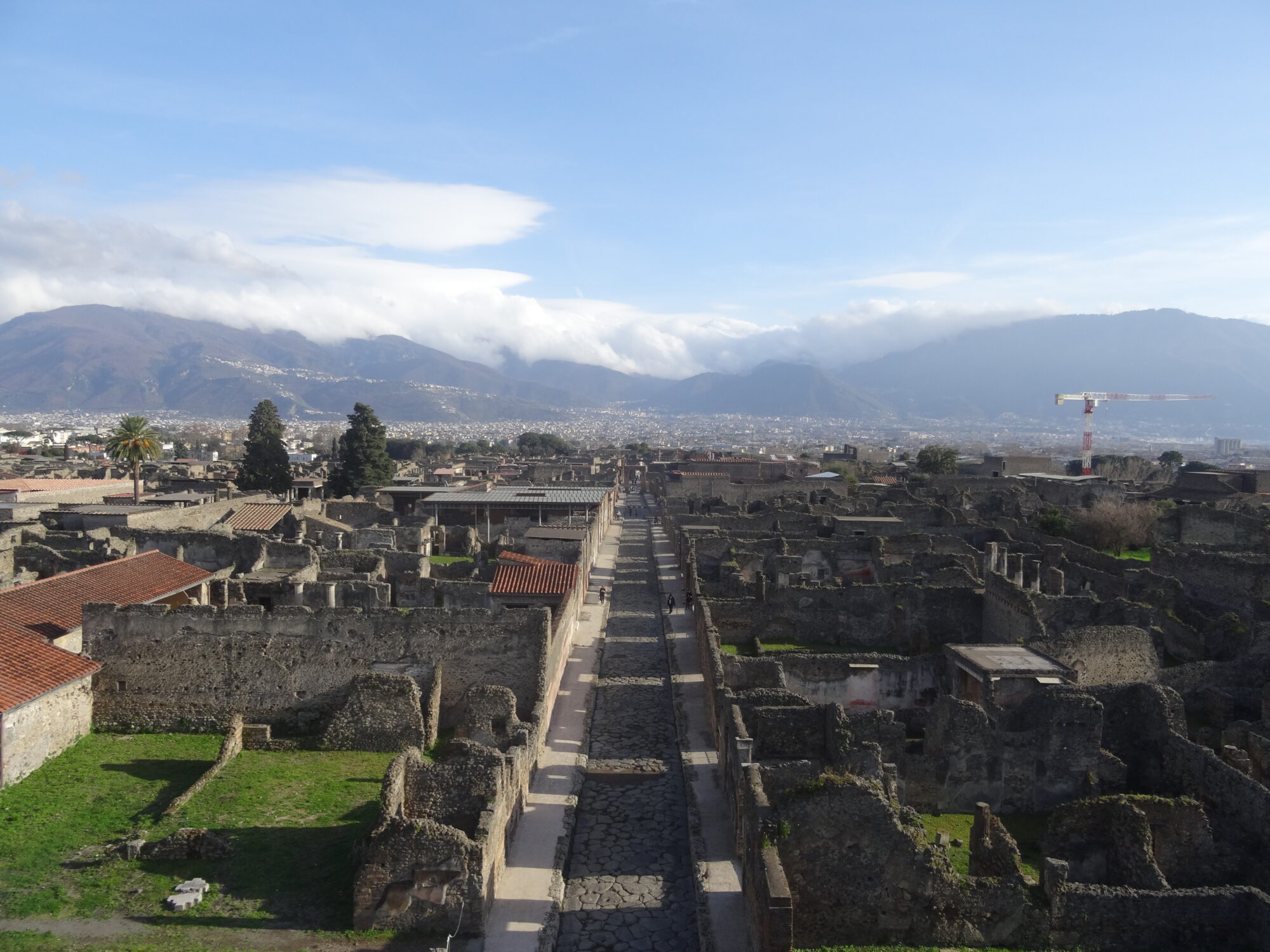
A very interesting read, you brought Pompeii to life.